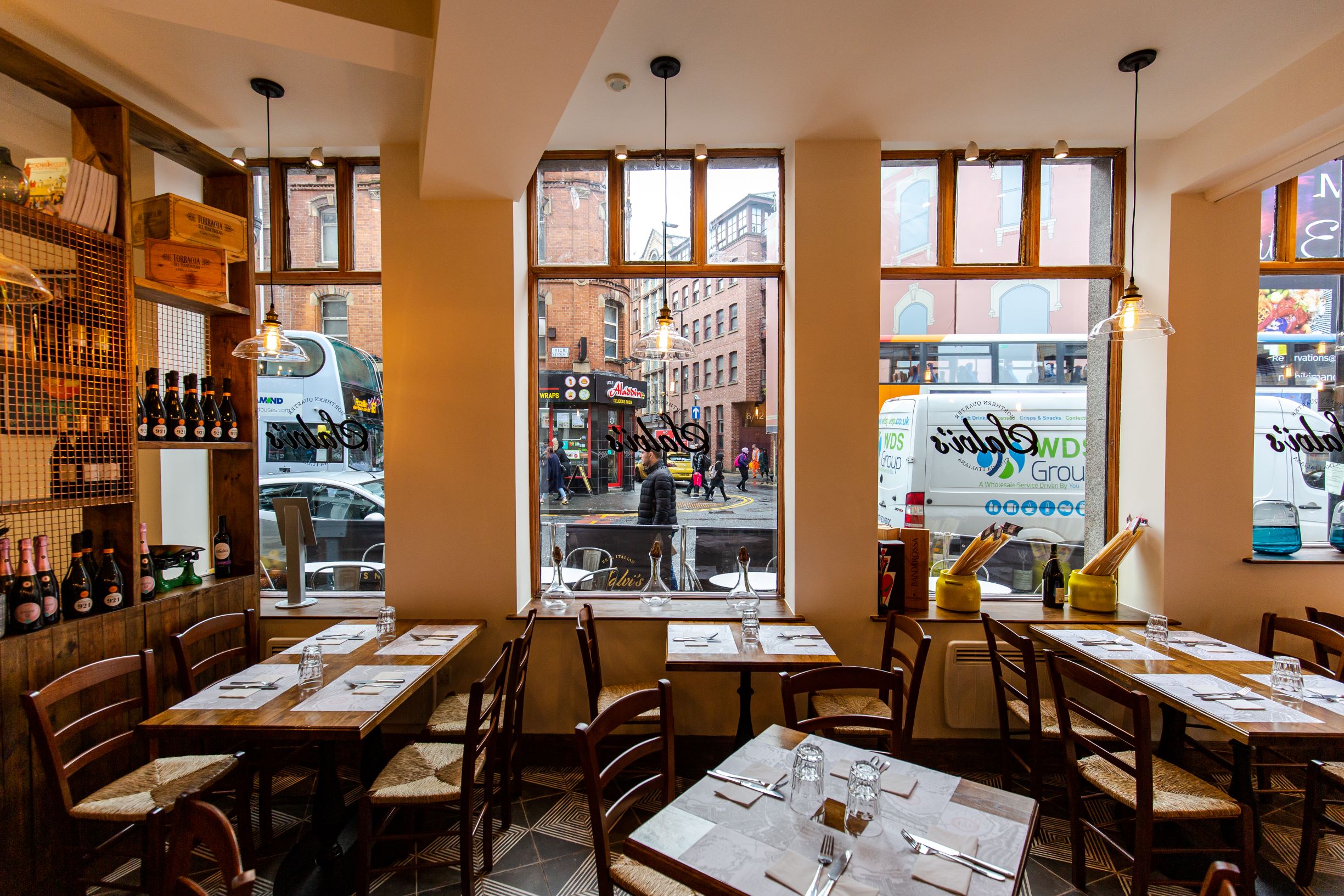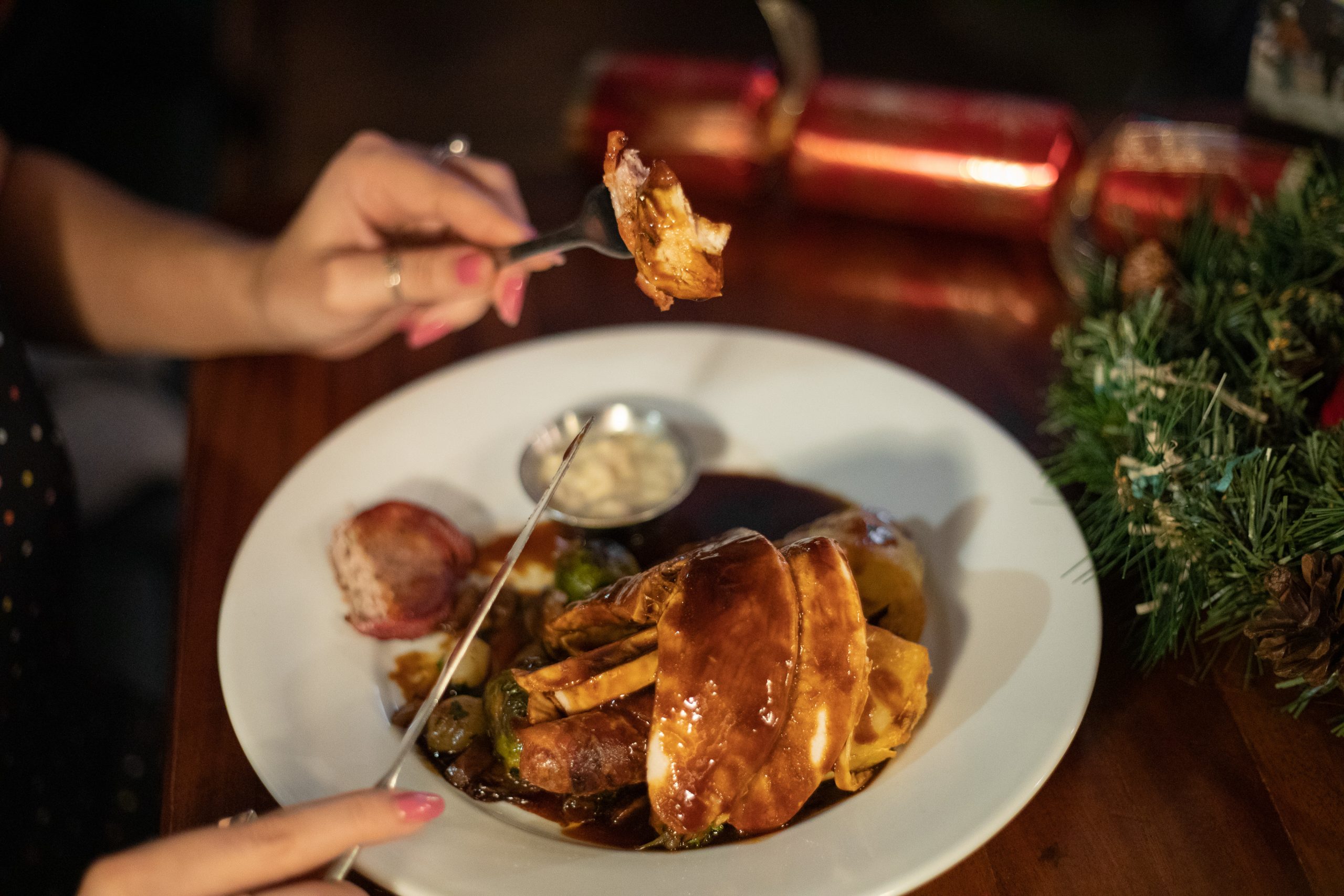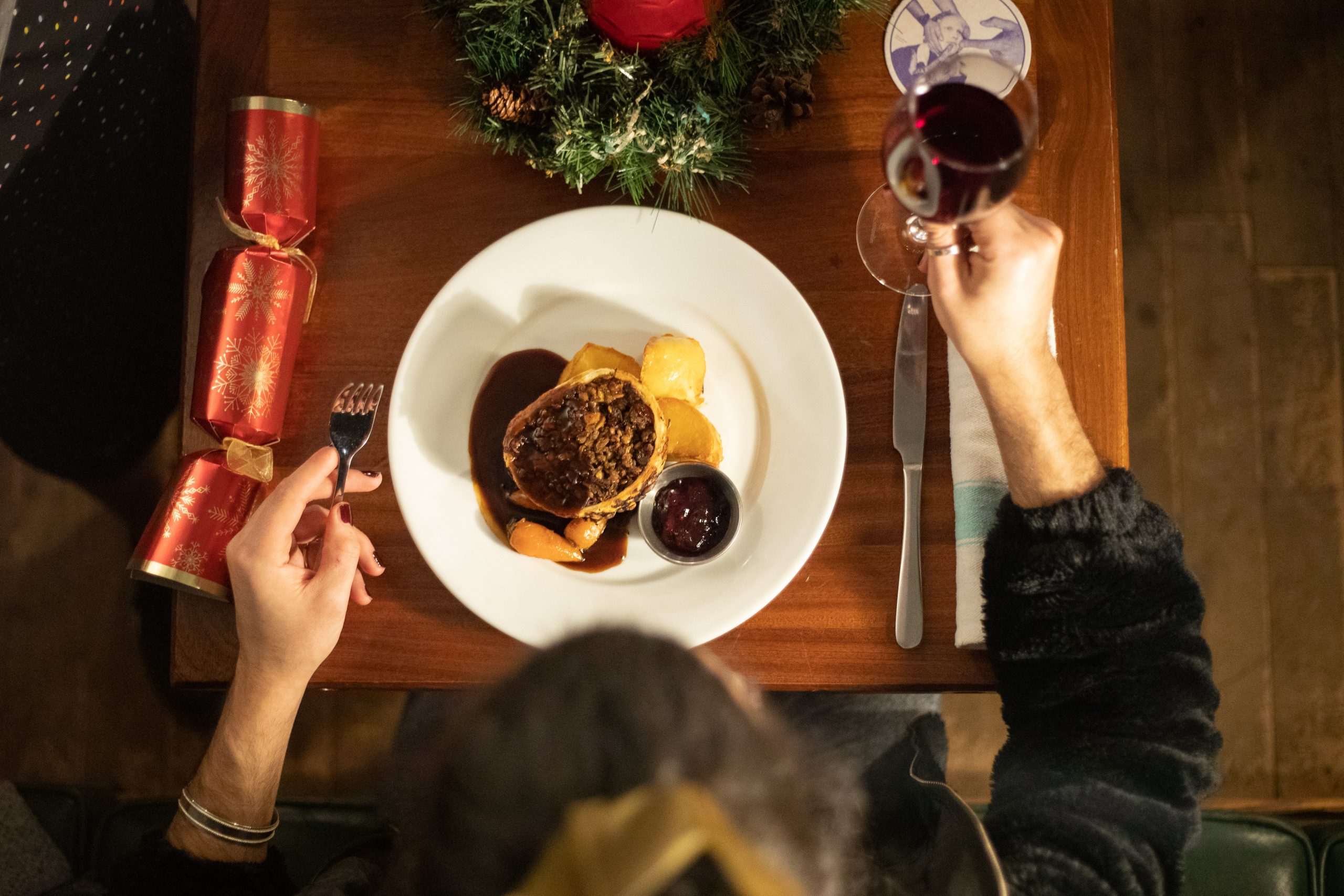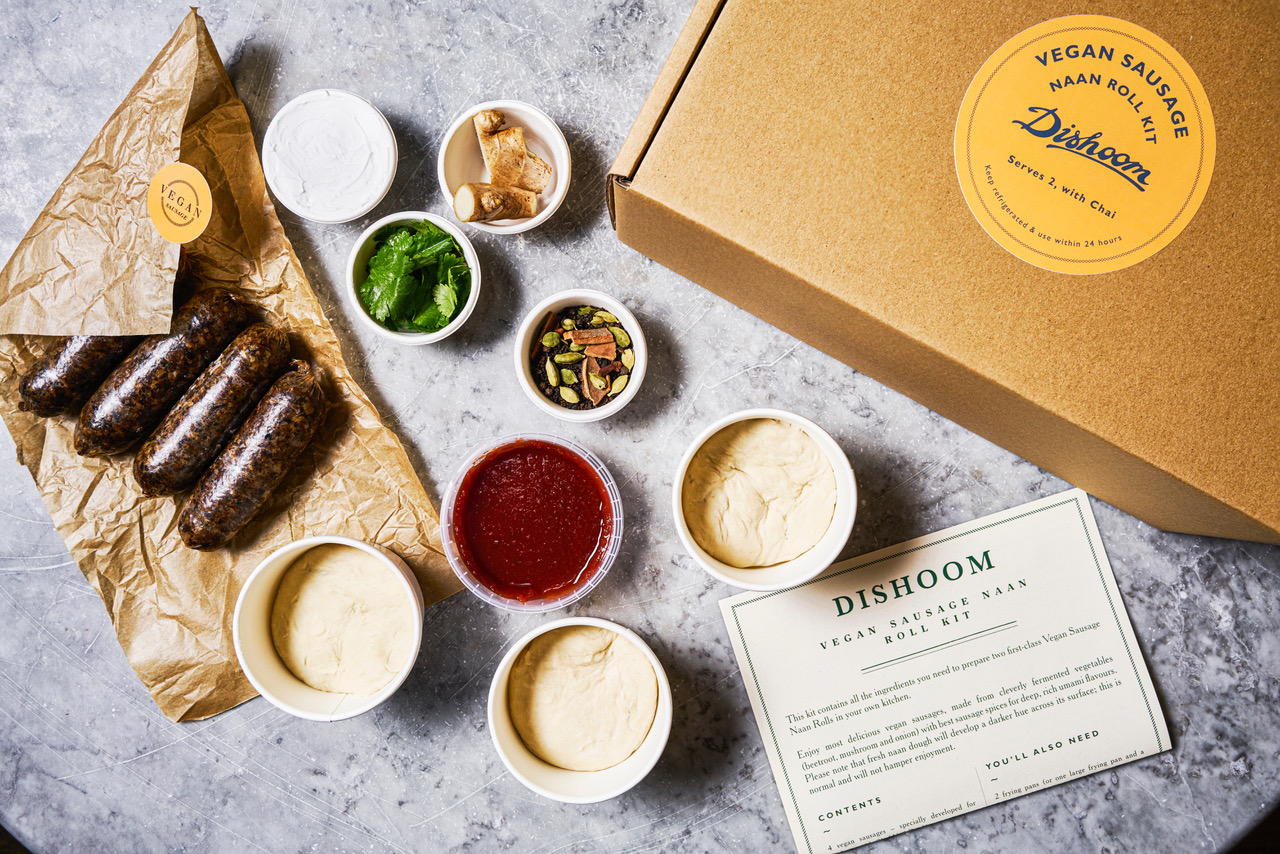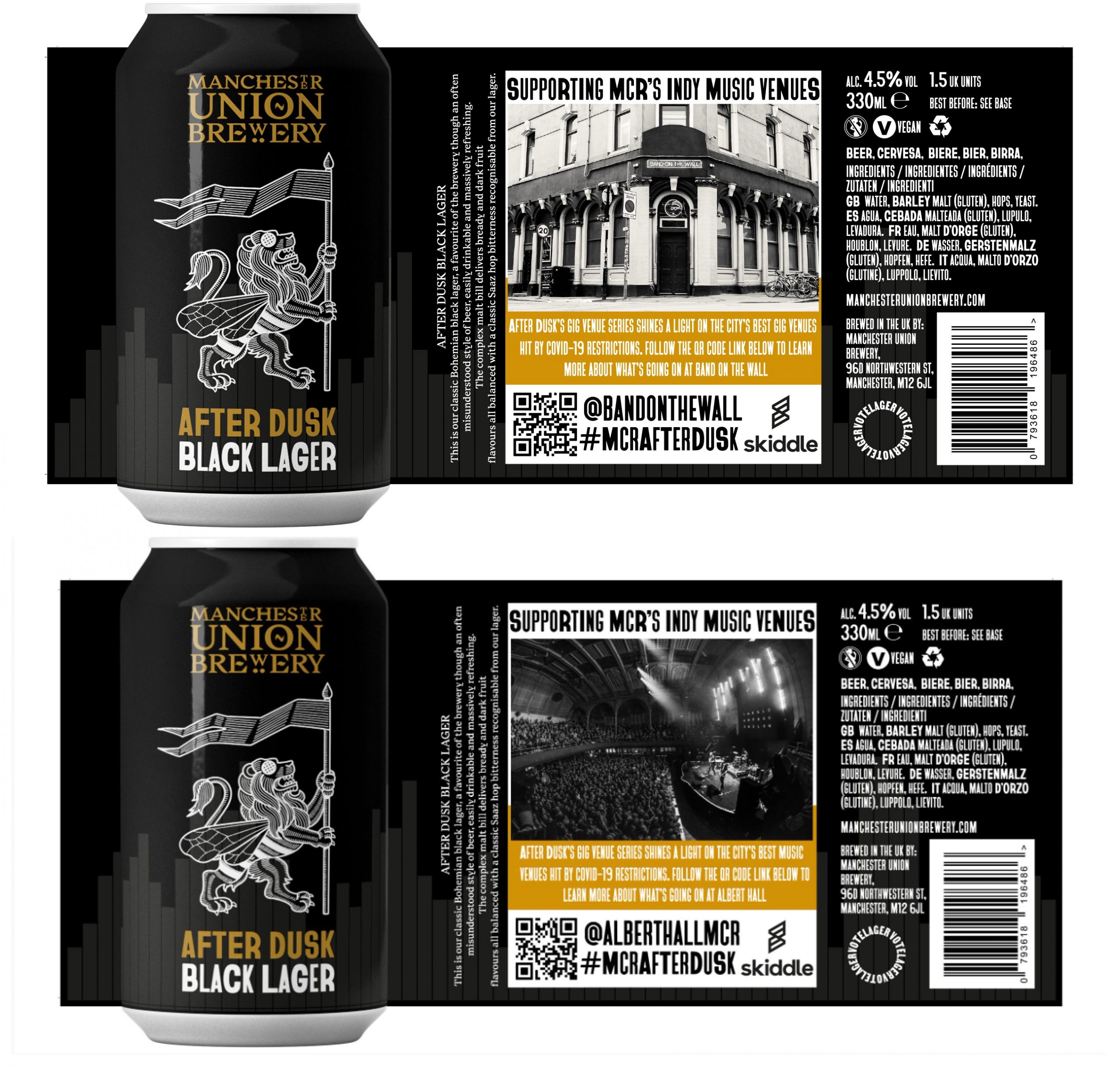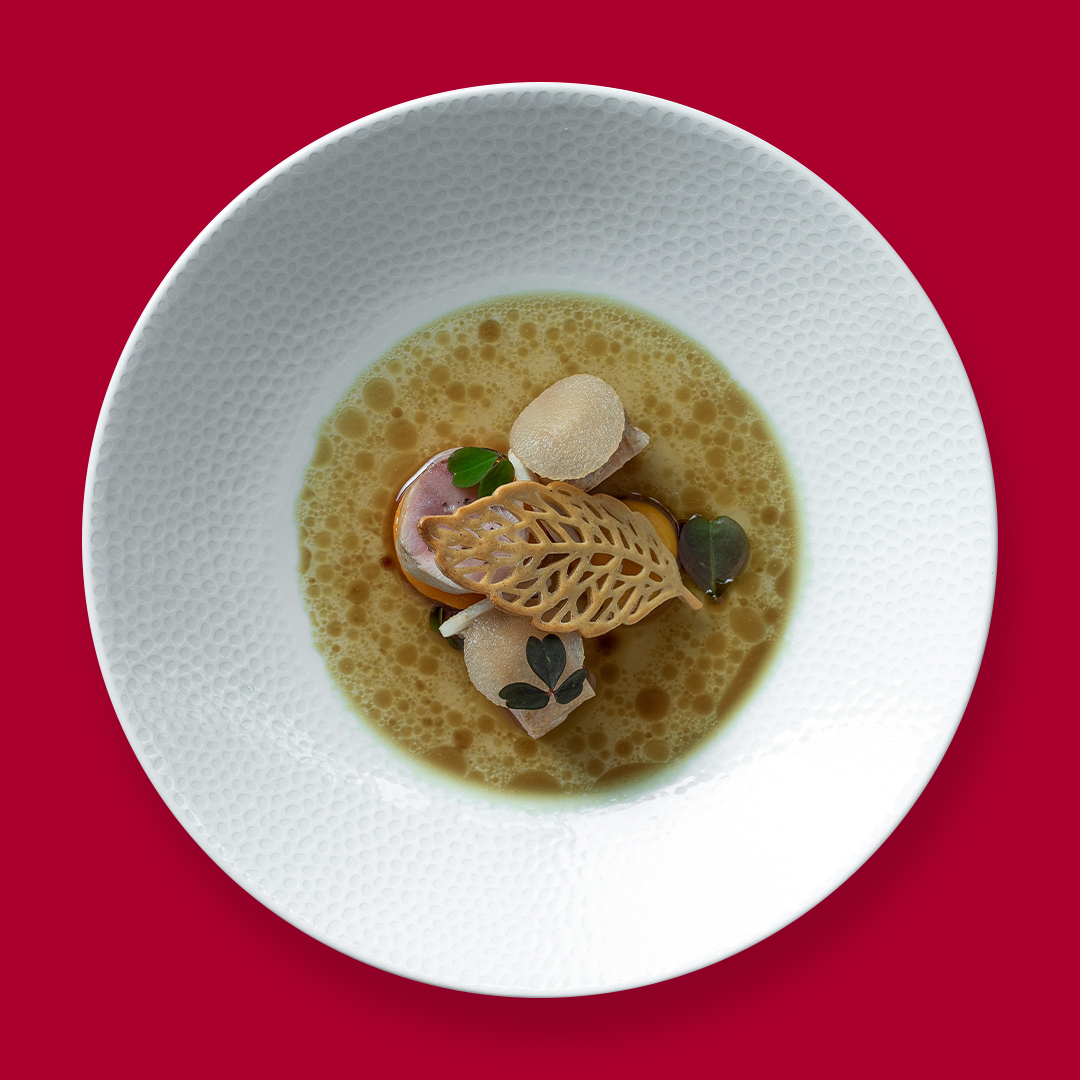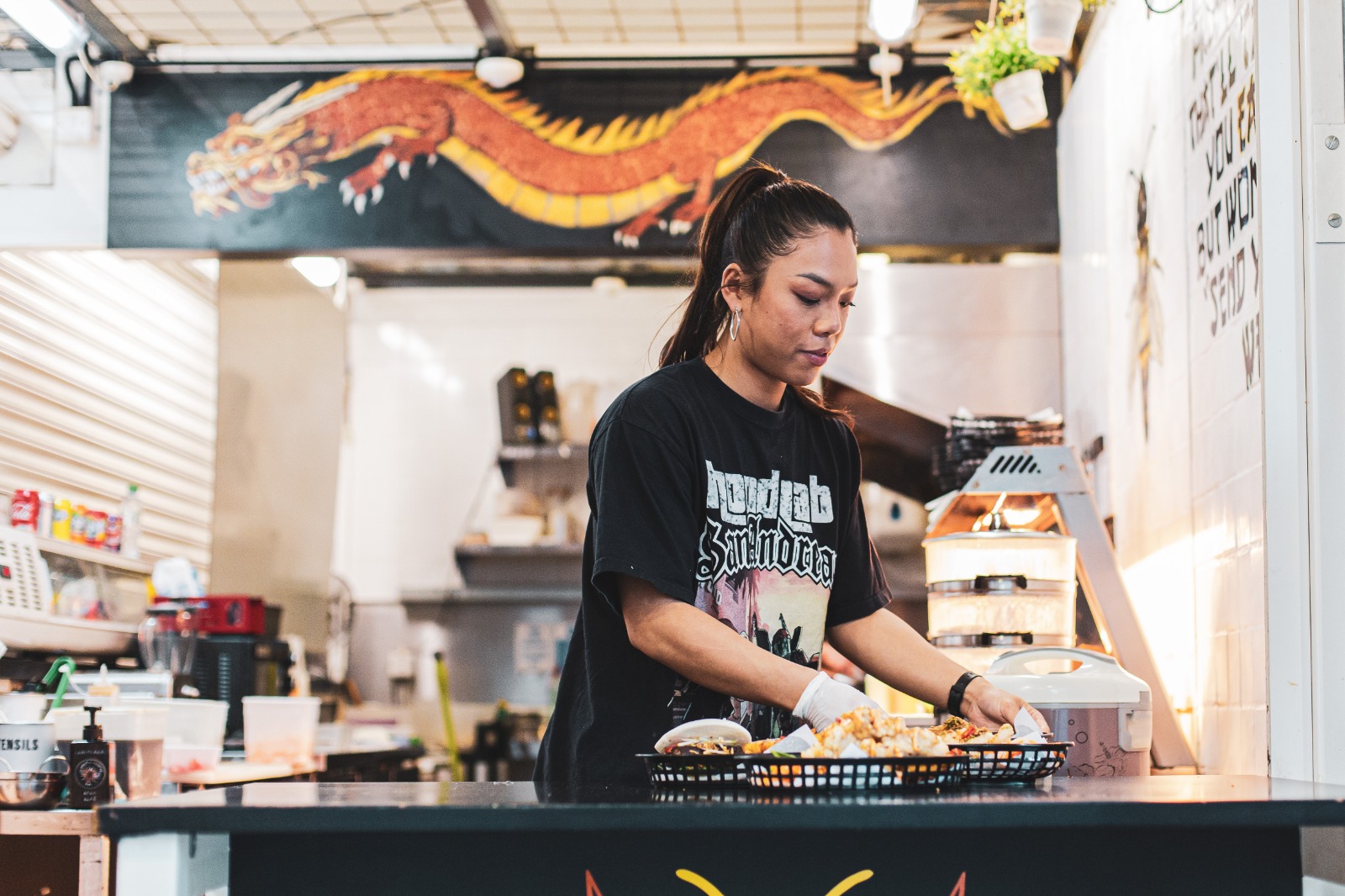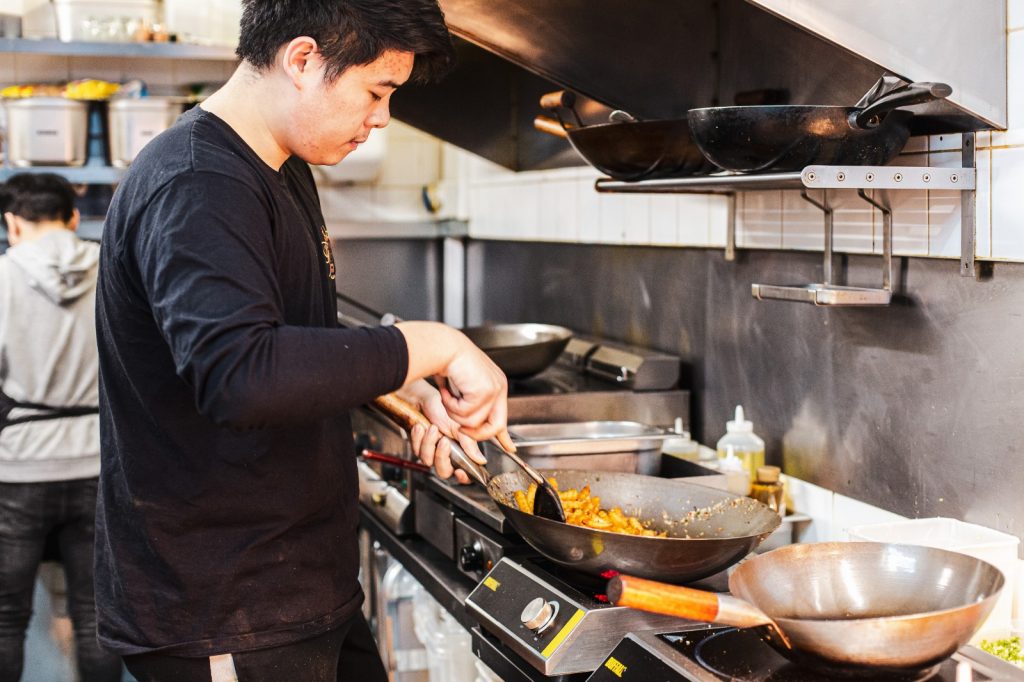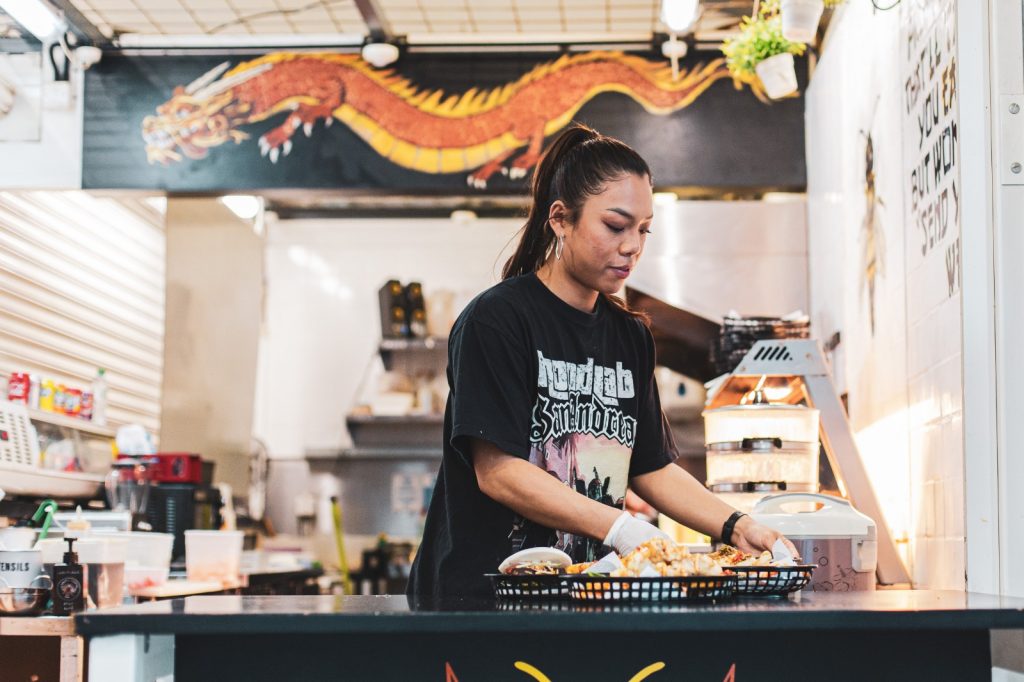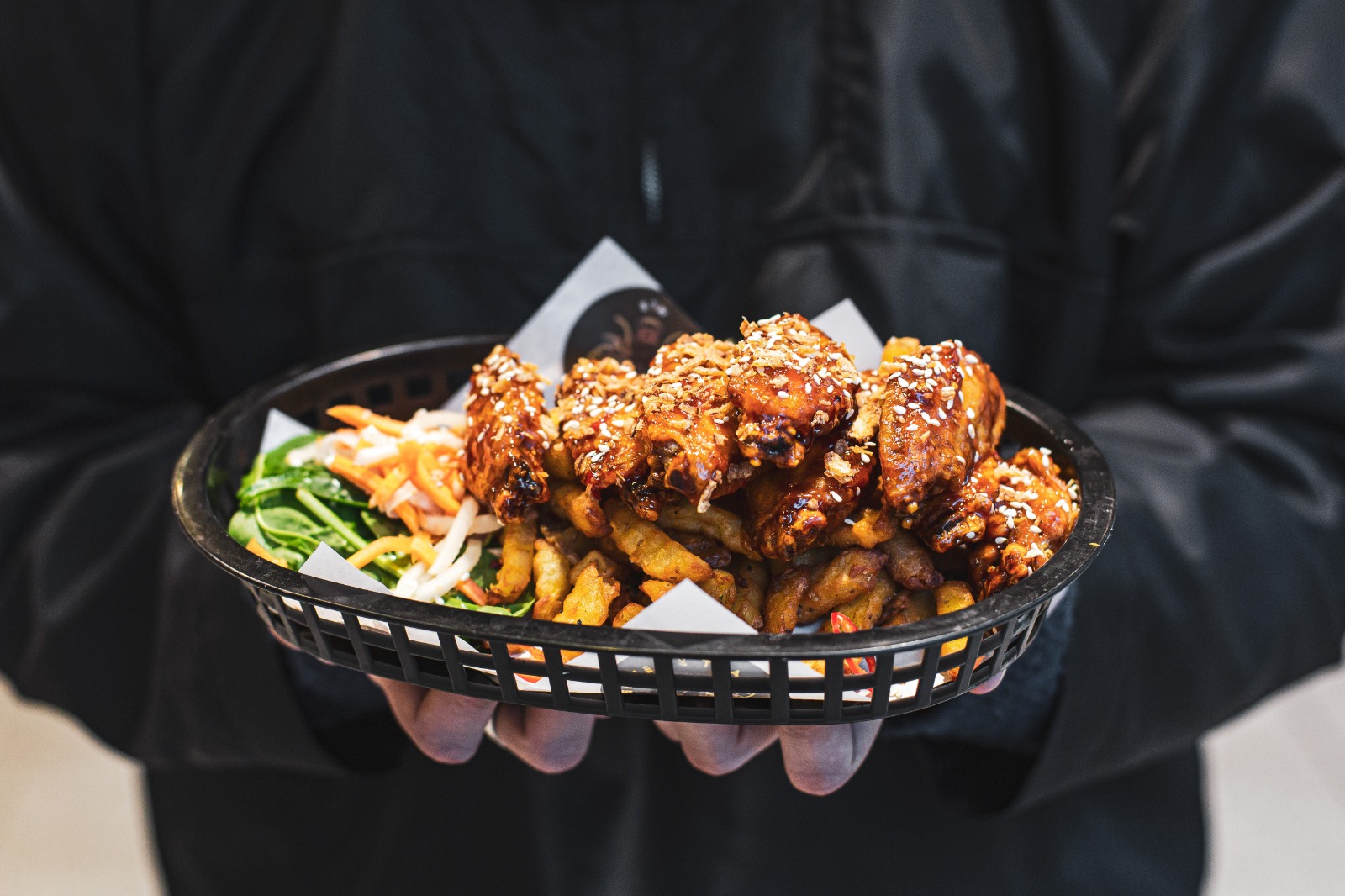It’s starting to feel like quite a familiar experience, getting your head around yet another new set of restrictions and what it means for everyday life.
And, for Greater Manchester, it pretty much feels like banging your head against a brick wall, repeatedly, for months. It hurts.
Following four weeks of enforced national lockdown, and the government’s many announcements this week, the UK will be returning to a regional tiered system of restrictions from Wednesday 2 December.
The tiers are similar but not quite the same as before – no, that would be too easy.
Greater Manchester has been placed in Tier 3 and the restrictions this time around are tighter than before.
What are the rules?
Under Tier 3, all hospitality will remain closed; there are no real changes for this sector under Tier 3 compared to lockdown.
Restaurants, bars, pubs and cafes will only be able to operate through takeaway, drive-through or delivery.
It also means no mixing of households in indoors or ‘most outdoor spaces’ and no more than six people can meet outside in specific spaces like parks.
Unlike hospitality, all retail, gyms and hairdressers and other personal care businesses can reopen. Exercise classes can take place outdoors but people are being told to avoid higher-risk contact sports. Weddings are again permitted for up to 15 people and funerals for up to 30 people, but no wedding receptions are allowed.
What about the other Tiers?
The restrictions will be reviewed every two weeks and it is possible to move up or even down the tiers if the numbers supported doing so. So if we are able to move down to Tier 2, it’ll be pretty much like the ‘old’ Tier 3, sort of.
There’s still no mixing of households allowed indoors, apart from support bubbles, and there is a maximum a six people allowed to meet outdoors. So this means that you would be able to meet up to six people at an outdoor restaurant or venue.
Pubs and bars must close unless they are operating as restaurants. Hospitality venues can only serve alcohol with a ‘substantial meal’.
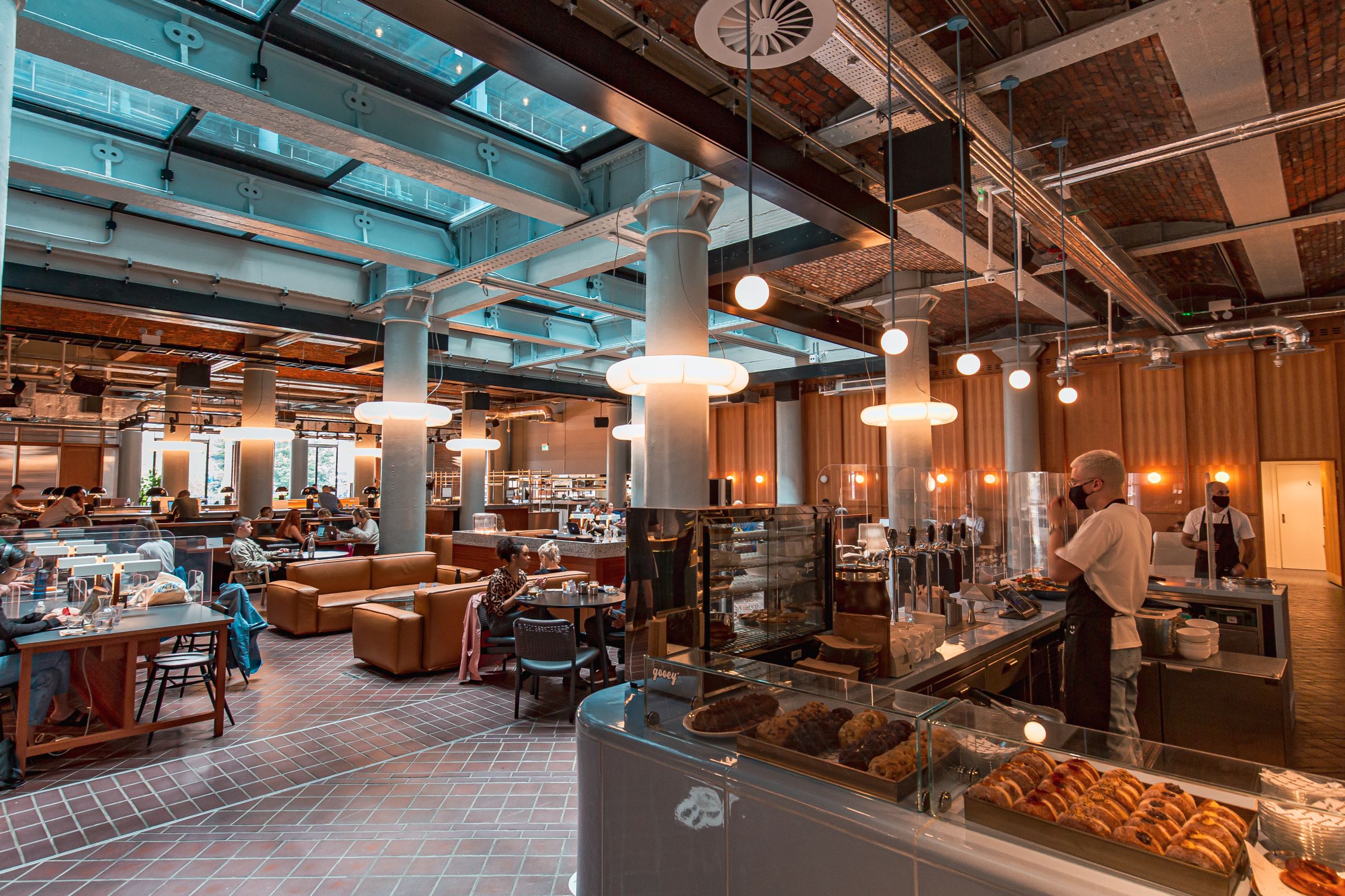
The controversial 10pm curfew has been relaxed slightly, with last orders being called at 10pm and closing by 11pm.
Gyms, hairdressers, hotels and retail will reopen under Tier 2. Wedding receptions are allowed for up to 15 people and funerals up to 30.
Large events like sport matches and live performances can restart under Tier 2 with capacity limited to 50% or 2000 people outdoors, or 1000 people indoors (whichever is lower).
If we ever get there, restrictions for Tier 1 mean that all businesses can reopen and groups are limited to a maximum of six people indoors or outdoors. The 11pm curfew will still apply but alcohol can be served without necessarily providing a substantial meal.
Sport and live performances can have an audience of up to 4000 outdoors or a maximum of 50% capacity and still 1000 people indoors or 50% capacity (whichever is lower).
The impact on hospitality
Today’s announcement is another huge knock to the hospitality sector as a whole and for restaurants and bars across Greater Manchester who were hoping to reopen next week.
The vast majority of the country is now under the stricter Tier 2 or Tier 3 restrictions but compared to many of these places, Greater Manchester has been under these rules for such a long time. And the industry is suffering.
Speaking on Twitter, the night time economy advisor Sacha Lord, who is currently pursuing a legal challenge against the government for implimenting Tier 3 restrictions on Greater Manchester without sufficient scientific evidence, said: “Tier 3 is yet another hammer blow for hospitality in Greater Manchester. Another day of the Governments game of carrot and stick.
“Our R rate is plummeting thanks to the public. Lets see if they try to point score again, as we head nearer Tier 2. We will keep fighting.”
For many of the restaurants, the four weeks until the end of the year could have been a huge help in terms of turning things around. But even if we drop down to Tier 2 in two weeks, it’ll be mid December before these venues can reopen.
Ruby Fryman of Salvi’s, said: “We and many other restaurants have been relying on Christmas trade to carry us through into the New Year. These new restrictions seem heavily biased against hospitality and we’re all very confused as to why we can’t open. Our staff want to come back to work and we want to be able to bring them back as soon as possible.
“Financially it’s having a big impact, we’ve had to really think outside the box in order to make things work. Obviously we’re lucky that we have the Salvi’s Deli which has been open throughout however we were definitely relying on being able to open the restaurants for the Christmas period.”
Another venue which has been left reeling after the announcements is Ducie Street Warehouse.
Jacqui Griffiths, General Manager of Ducie Street Warehouse, said: ‘The latest government announcement is yet another bitter blow for the hospitality sector and the Greater Manchester region as a whole. For all those who have put everything they have into creating a safe environment to be told they can’t operate in what should be the busiest time of year is just devastating. Whilst a review in 2 weeks may see Manchester move down to tier 2, is it too little, too late.
“For the time being, people can still collect cookies, doughnuts and coffee from the Gooey cabin, with Gethin’s batch cocktails coming soon, and we look forward to the day we can open our doors once more.”
For at least two weeks from 2 December, restaurants will have to continue to operate as takeaway and delivery only. But for many, this simply isn’t a viable long term option.
Owner of Common, Charlotte Heyes, said: “After months of uncertainty and ever changing rules it’s getting harder to pick ourselves up after another knock down. There’s talk of pushing to move to tier 2 on 16 December, but that still means operating under severe restrictions and will keep wet led sites fully closed.
“In many cases we’re still paying full rent and have done throughout. As the region most badly affected by this and for the longest period of time, Greater Manchester desperately needs further support to ease restrictions as soon as possible.”
Mital Morar of the Store Group which includes Ancoats General Store, Groceries and Beer and Stretford Foodhall has been able to open the grocery side of their sites as essential retail, but lockdown and Tier 3 mean that they can’t open the food and drink side of the business.
Like many restaurants they have been operating as takeaway only, and will continue to do so once we come out of lockdown, but it has had a huge impact on their business.
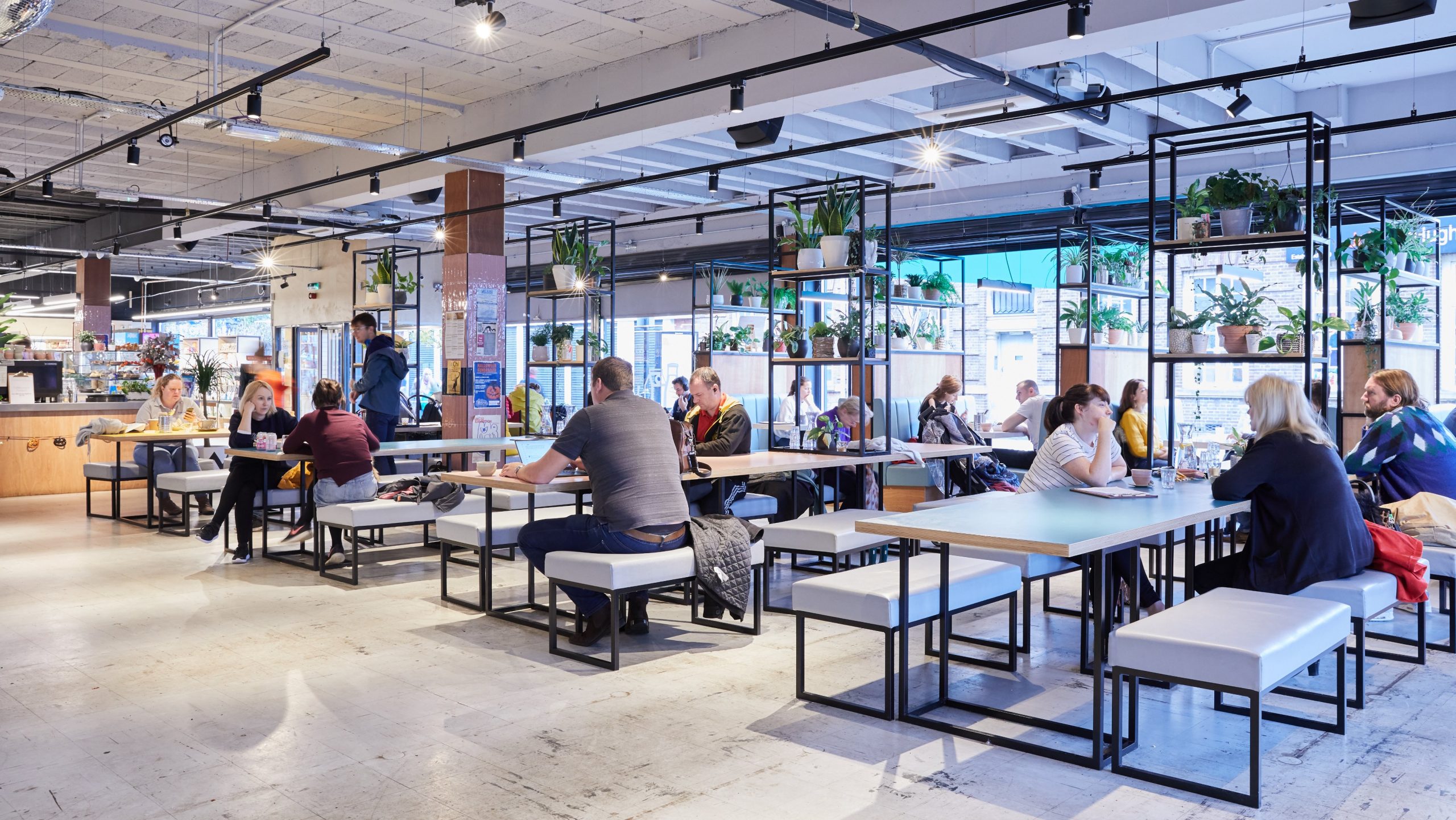
Speaking of the dine-in side of the business, Mital said: “It’s wiped out, I mean it was already wiped out. Whatever little trade we’re trying to get, this second lockdown has been completely the opposite from the first one, especially with the weather, people’s exhaustion with it all and people just aren’t coming out as much.
“We’re lucky we’ve got the retail side just ticking over still, ever so slightly more than normal so that helps keep certain things afloat. I wouldn’t say we were winning at all from this but I feel very grateful that we’re able to trade in some capacity, at least we’ve got some kind of ability to keep bills paid.
“It’s hugely detrimental. It’s not just something you can switch back on overnight anymore. It’s going to take generations to get back to how we were before.
“I think the world is scarred, I think people are going to change their habits, how they work, how they operate, how they spend time with family, everything will change.”
For now it’s business as usual, which for Greater Manchester means continuing to operate and live under the weight of these heavy restrictions.
Let’s just hope that the brilliant independent businesses that make up our vibrant food and drink scene are able to make it through Christmas.
